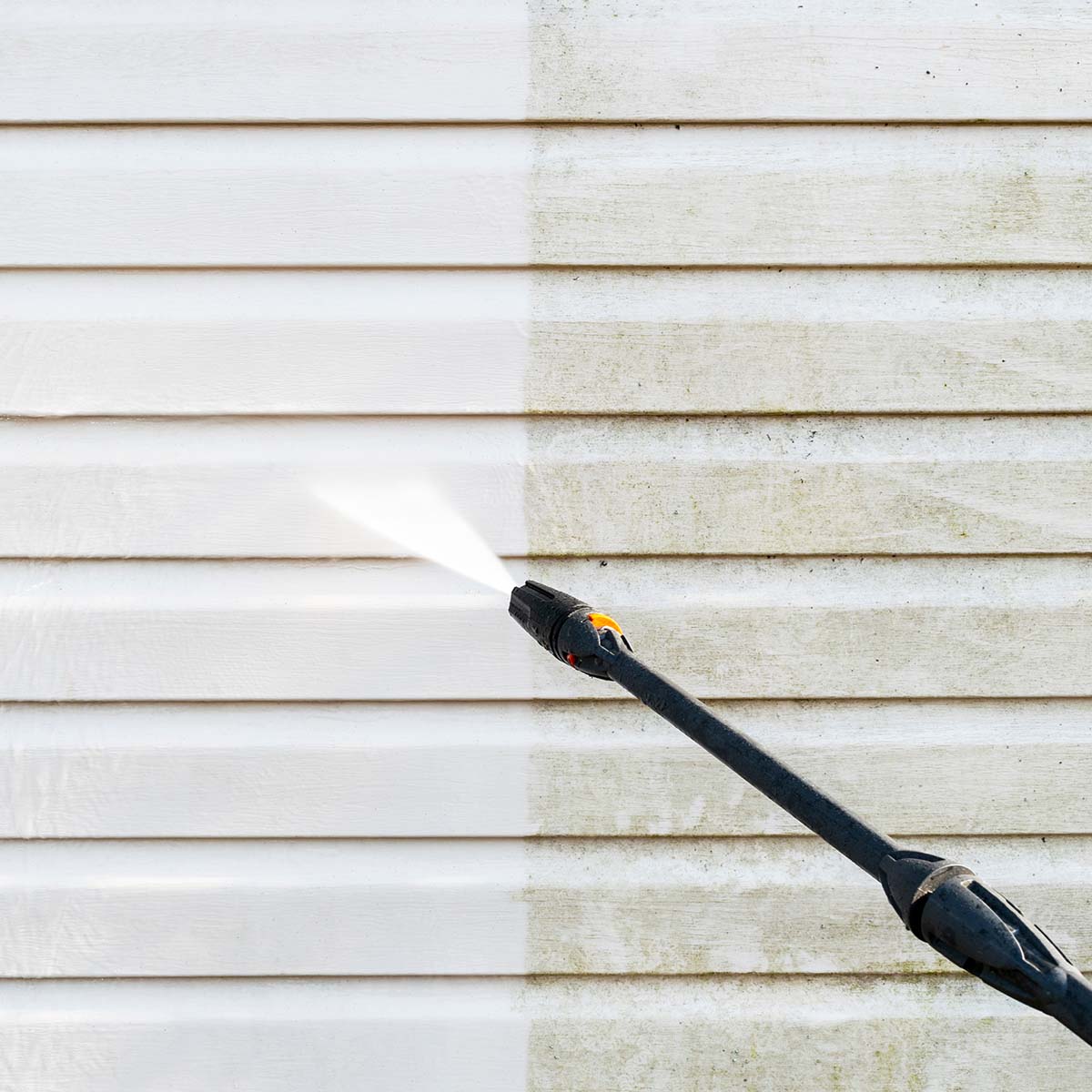Reliable Strategies for Graffiti Removal That Recover Surfaces to Their Original State
The difficulty of graffiti elimination is diverse, needing an understanding of various graffiti kinds and the most reliable strategies for remediation. From chemical options that cater to particular paint make-ups to press washing methods that protect the honesty of surface areas, each strategy has its benefits.
Comprehending Graffiti Types
Recognizing the diverse kinds of graffiti is necessary for reliable elimination approaches. Graffiti can be generally classified into several kinds, each calling for various strategies for removal. One of the most typical kinds consist of murals, tags, and throw-ups. Tags are the easiest type, being composed of a stylized signature or logo design, usually developed rapidly with spray paint or markers. Their relatively small size can make them easier to eliminate but can still posture obstacles depending on the surface area.
Throw-ups are more complex and commonly involve larger, bubble-like text full of a single shade. These pieces can cover much more location and might demand different removal techniques compared to tags. Murals, on the other hand, are complex art work that can be quite huge and thorough, commonly appointed or created with authorization. The elimination of murals offers special difficulties as a result of the potential for damages to the underlying surface area and the creative value.
Recognizing these differences is essential for choosing the right strategies and materials for effective graffiti elimination. Each type not just differs in its aesthetic influence but likewise in the approaches that will certainly be most reliable in recovering surfaces to their initial condition.
Chemical Elimination Approaches
When taking on graffiti elimination, chemical methods are frequently the most efficient and effective technique for various surface areas. These methods utilize specialized formulas developed to damage down the chemical bonds in graffiti, making it simpler to remove without damaging the underlying product.

It is crucial to select a chemical eliminator that is suitable with the surface being treated to stop damage. Examining the product on a little, low-profile location prior to prevalent application is advisable. Additionally, proper safety devices, such as handwear covers and masks, need to be put on to guarantee safety and security throughout the elimination process.
When the graffiti has been liquified, it is important to completely rinse the surface area to remove any chemical residue, which can result in discoloration or deterioration with time (Graffiti Removal in Euclid). On the whole, chemical removal approaches use an effective remedy for recovering surface areas to their original state while reducing prospective injury
Stress Washing Strategies
While chemical removal techniques are very efficient, pressure cleaning provides an alternative strategy for graffiti removal that can be just as efficient, especially on long lasting surfaces. This method makes use check it out of high-pressure water jets to remove and eliminate graffiti from various products, such as concrete, block, and metal.
The performance of pressure washing hinges on several aspects, including the stress setting, nozzle type, and the range where the water is used. Commonly, a stress variety of 2,000 to 3,000 PSI is suggested for many surface areas, however modifications may be necessary depending on the substrate's level of sensitivity. Making use of a follower spray nozzle can aid cover bigger areas successfully while decreasing the risk of damaging the underlying product.
Prior to push cleaning, it is important to analyze the graffiti's composition. In general, pressure cleaning is an effective tool in the graffiti click here to find out more removal arsenal.

Eco-Friendly Solutions
Many individuals and organizations are significantly looking for environmentally friendly remedies for graffiti removal, acknowledging the importance of decreasing environmental influence. Standard graffiti elimination approaches commonly involve harsh chemicals that can be hazardous to both the environment and public wellness. On the other hand, environment-friendly services use non-toxic and naturally degradable materials that properly get rid of graffiti without causing damage to surface areas or launching harmful materials right into the atmosphere.
One effective strategy is the use of all-natural solvents, such as citrus-based cleansers, which harness the power of plant-derived components to damage down paint without leaving poisonous residues. In addition, cooking soda and vinegar mixtures can function as mild abrasives that raise graffiti while being secure for the setting.
An additional cutting-edge approach is employing green stress cleaning systems that utilize less water and power contrasted to conventional methods. These systems typically incorporate specialized nozzles and eco-conscious cleaning agents that boost efficacy while reducing waste.
Preventative Procedures
Preventative procedures play a crucial duty in combating graffiti criminal damage and lessening its incident. By carrying out critical strategies, homeowner and areas can prevent possible transgressors and reduce the expenses related to graffiti elimination.
One effective technique is making use of anti-graffiti coatings, which develop a protective layer on surfaces, making it difficult for paint to adhere. These finishings can be clear or tinted, allowing the initial aesthetic to stay intact while giving a protect against criminal damage. Furthermore, the installation of monitoring cams in high-risk locations can serve as a deterrent, as the presence of checking innovation may inhibit potential transgressors.
Community engagement is additionally vital; organizing community watch programs or graffiti clean-up events cultivates a feeling of possession and satisfaction among locals. Educational campaigns in colleges can increase understanding concerning the unfavorable effects of graffiti, advertising regard for exclusive and public residential or commercial property.
Conclusion
In conclusion, the effective elimination of graffiti needs a multifaceted approach that considers the kind of graffiti and the surface material. A thorough understanding of these approaches is essential for achieving optimum outcomes in graffiti removal endeavors.
